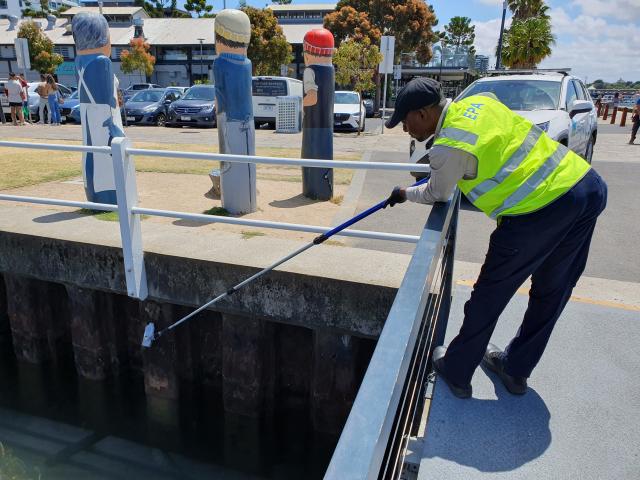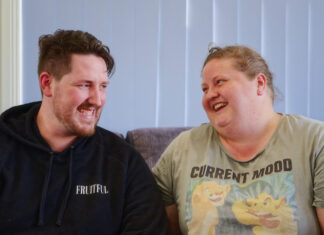
The source behind the poor water quality of Geelong’s Eastern Beach has been discovered, with the culprit hiding underneath the water’s surface all along.
An Environment Protection Authority Victoria (EPA) investigation found that blackened and dead seagrass was the leading cause of the lowered water quality.
EPA Beach Report program co-ordinator Darren Cottam said there were three incidents of high bacterial readings in routine water sampling between December 28 and January 24.
“The results didn’t match the usual cause, rainy weather that washes pollution into waterways and the bay from the surrounding land, so we stepped up the sampling regime and called in some help,” he said.
“Eastern Beach has generally good water quality and is often one of the best performing beaches in the bay, so there had to be a hidden factor causing the problem.”
Mr Cottam said the EPA worked with the City of Greater Geelong and Barwon Water to collect water samples and gather information on the waterfront.
He said the public was also warned and supplied with a swim advisory through mobile alerts and by lowering the daily Beach Report water quality forecast to ‘fair’ while the investigation continued.
“Back in the office we were looking at more suspects including catchment rainfall, and incidents of high winds or increased wave activity, but there was nothing that pointed to a likely source,” Mr Cottam said.
“We had eliminated the likely human causes of raised bacterial levels, and a natural cause became our number one suspect.
“Eventually it was EPA’s proactive collection of water samples across the waterfront investigating different potential sources that cracked the case.”
Blackened seagrass is a low risk to public health and can be found on the sand bed or floating in the water across both ends of Eastern Beach.
Eastern Beach’s water quality has returned to its usual state since the investigation started, and the EPA has advised the public to avoid encountering blackened seagrass.
The daily EPA Beach Report is available online at www.epa.vic.gov.au/for-community/summer-water-quality/beach-report.






